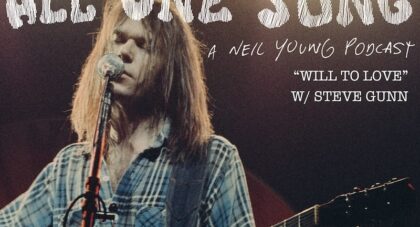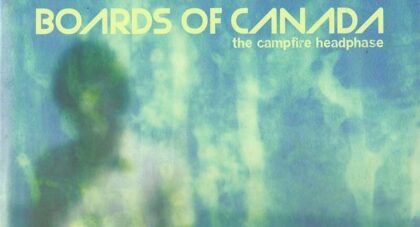“Woodstock’s the best place I’ve found so far. I detest New York, but upstate it’s OK.” (John Martyn in Melody Maker, 1970)
By the end of 1968, future psych/folk-jazz icon John Martyn was at an impasse, creatively, personally and professionally. His first two albums - both very folky, largely solo, British-sounding affairs - had flopped, he was tired of London, and had yet to find his own voice. Changes would soon come, however, in the form of another young folk/blues singer named Beverley Kutner and a temporary relocation to Woodstock, NY, a hotbed of counterculture.
Martyn met Kutner, a protégé of producer Joe Boyd, at a shared gig that winter and the two soon fell in love. By the time Boyd had scheduled early summer 1969 sessions in New York for her first solo album, Kutner and Martyn had moved in together, gotten married, and written a batch of new songs. These new numbers were markedly different for Martyn, and were influenced by his current favorite album, the Band’s Music from Big Pink. For John, the Band’s very American, rural songs were a signpost to something else beyond the limitations of London’s incestuous folk community.
Serendipitously, Boyd had rented a house for the pair in Woodstock, the birthplace of Big Pink, for album rehearsals. Keyboardist and arranger Paul Harris, bassist Harvey Brooks, and drummers Billy Mundi (Zappa’s Mothers of Invention) and Herbie Lovell would fill out the band. Beverley insisted that John be a major part of the recording, and what was initially to be a solo album soon became a duo project. Though he had agreed to hire Martyn on as backing guitarist, Boyd was not enthusiastic about the prospect, having heard stories of Martyn’s oft-difficult personality. And the producer had reason to be cautious, for when it came time for recording in New York City, the headstrong Martyn (still only 20 years old at the time) and the more experienced Boyd reportedly clashed, creatively and otherwise.
John & Beverley Martyn :: John The Baptist
Conversely, the time spent woodshedding in Woodstock was idyllic and eye-opening for Martyn as the artist colony was buzzing with creativity. John and Beverley’s neighbors were the actor Lee Marvin’s girlfriend and Jimi Hendrix (“He used to arrive every Thursday in a purple helicopter, stay the weekend, and leave on the Monday. He was amazing…a good lad”, said Martyn). Bob Dylan lived down the road, and was recovering from his infamous motorcycle accident. The Martyns bumped into him at a benefit concert they were asked to perform at in Woodstock for Pete Seeger’s Hudson River Sloop Clearwater. According to Beverley in Lee Barry’s Martyn bio Grace and Danger, John flew into a jealous rage when he came upon Dylan and Beverly talking, though Martyn says in a Melody Maker article a few months later, “It was a treat to see him alive and well; he seemed really beautiful”.
Only the good shit. Aquarium Drunkard is powered by its patrons. Keep the servers humming and help us continue doing it by pledging your support.
To continue reading, become a member or log in.


